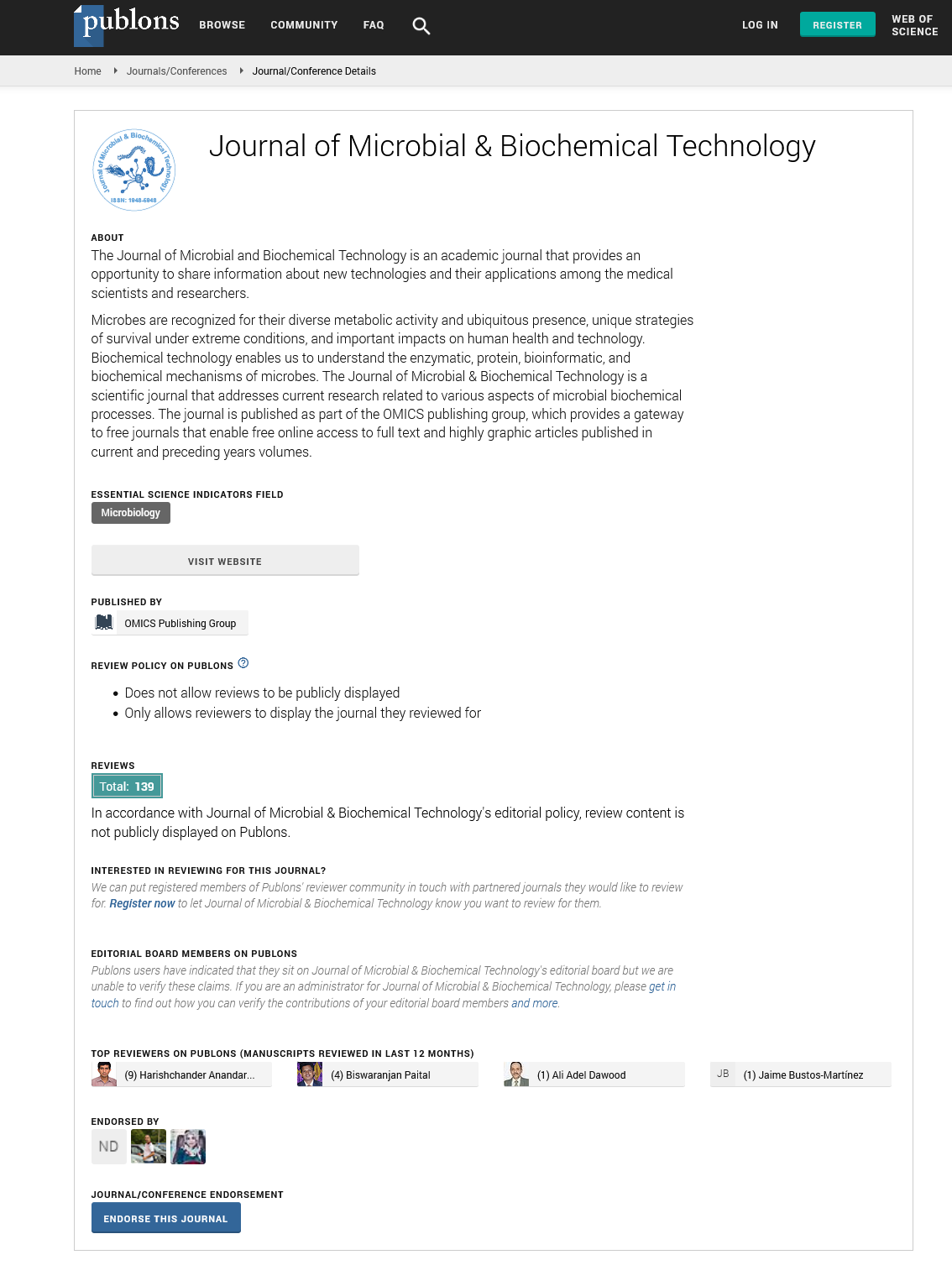Indexed In
- Academic Journals Database
- Genamics JournalSeek
- Academic Keys
- JournalTOCs
- China National Knowledge Infrastructure (CNKI)
- Scimago
- Access to Global Online Research in Agriculture (AGORA)
- Electronic Journals Library
- RefSeek
- Directory of Research Journal Indexing (DRJI)
- Hamdard University
- EBSCO A-Z
- OCLC- WorldCat
- SWB online catalog
- Virtual Library of Biology (vifabio)
- Publons
- MIAR
- University Grants Commission
- Geneva Foundation for Medical Education and Research
- Euro Pub
- Google Scholar
Useful Links
Share This Page
Journal Flyer

Open Access Journals
- Agri and Aquaculture
- Biochemistry
- Bioinformatics & Systems Biology
- Business & Management
- Chemistry
- Clinical Sciences
- Engineering
- Food & Nutrition
- General Science
- Genetics & Molecular Biology
- Immunology & Microbiology
- Medical Sciences
- Neuroscience & Psychology
- Nursing & Health Care
- Pharmaceutical Sciences
Hunting for tularemia - A review of cases in North Carolina
2nd International Conference on Clinical Microbiology & Microbial Genomics
September 16-17, 2013 Hampton Inn Tropicana, Las Vegas, NV, USA
Kaushal B. Shah
Posters: J Microb Biochem Technol
Abstract:
Introduction: Human infections with Francisella tularensis can be acquired via numerous routes, including ingestion, inhalation, arthropod bite or direct contact with infected animals. We present the reported cases of tularemia in North Carolina since 1991. In 2013, two adult hunters from North Carolina developed pulmonic tularemia, one of whom had cavitary disease. We also discuss reported cases of cavitary pneumonia associated with tularemia and illustrate a case that was successfully treated with oral ciprofloxacin after drainage. Methods: We searched the English-language literature published until February 2013 in the PubMed database. Relevant studies were identified using various key word combinations including ??tularemia, pulmonary, oropharyngeal, empyema?? and ??fluoroquinolones.?? No lower publication date limit was set. We also reviewed the communicable disease reports from the North Carolina Department of Health and Human Services. 25 reported cases of Tularemia have been reported since 1991. Discussion: In North Carolina, tularemia remains rare, 16 (64%) of which were from 1991-2004. There are between 0-3 reported cases each year, without a predominant seasonal distribution likely due to the various routes of acquisition. Since 2007, cases of tularemia typically occur in males (89%) of ages 9 through 65 years. Other than the 2013 cases, all of the reported cases in North Carolina since 2007 required several hospitalizations before the diagnosis of tularemia was made. Since 2007, there have only been three reported cases of pneumonic tularemia in North Carolina. To the best of our knowledge, the 2013 index case illustrates the fifth reported case of tularemia-induced empyema. Tularemia should be considered in patients with a perplexing radiographic image, animal exposure and lack of response to conventional empiric broad-spectrum antibiotics. Because of clinical experience and a reduced incidence of relapse, aminoglycosides remain the drug of choice. However, there is increasing evidence supporting fluoroquinolone use. Even in serious cases of pneumonic tularemia, fluoroquinolones may provide a suitable alternative to aminoglycosides.

